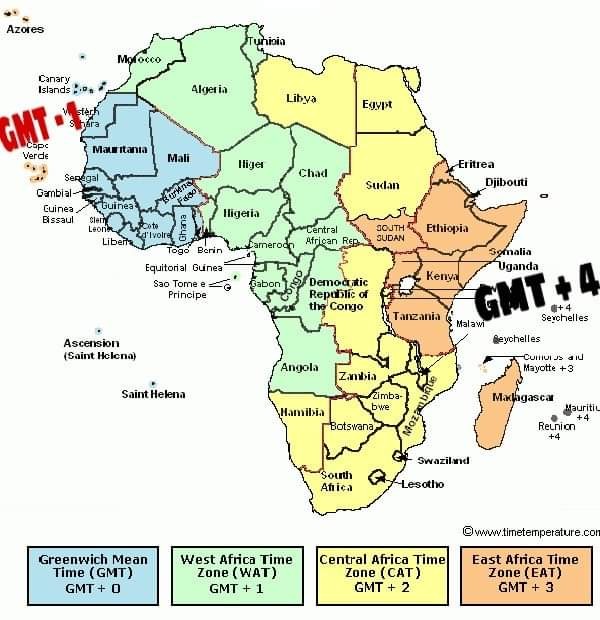Following the news about the transit of Asteroid 1998 OR2 on April 29, 2020. Another Asteroid dubbed Asteroid 2002 NN4 is set to make a flyby in the early morning hours of Saturday by these times according to the six (6) time zones in Africa:
GMT – 1 = 2:20 am
GMT + 0 = 3:20 am
GMT + 1= 4:20 am
GMT + 2 = 5:20 am
GMT + 3= 6:20 am
GMT + 4 = 7:20 am

Just as the name implies, Asteroid 2002 NN4 was discovered on July 9, 2002.
Compared to Asteroid 1998 OR2, Asteroid 2002 NN4 is lesser in size, its diameter measured as at range of 254 meters to 568 meters according to SpaceReference.org This is roughly comparable to the size of a football stadium.
More so, according to NASA’s JPL, like Asteroid 1998 OR2, Asteroid 2002 NN4 is also classified as potentially hazardous. Potentially Hazardous Asteroids (PHA) are the ones whose orbits come closer to Earth at a distance less than or equal to 7.5 million kilometers.
Asteroid 2002 NN4 will pass at a safe distance of approximately 5.1 million kilometers, which is about more than 13 times the distance from the Earth to the moon.


To play around with the orbit simulation, click here.
Generally, Both Asteroid 1998 OR2, Asteroid 2002 NN4 and 1,679 other Asteroids are grouped under a certain category called Aten-Class or Apollo Asteroids. These are group of Asteroids whose orbital paths bring them in close proximity to Earth.


Lan O’Neill of NASA’s Jet Propulsion Laboratory said: “In short, 2002 NN4 is a very well-known asteroid with a known orbit that will pass Earth at a (very) safe distance.”
The Asteroid makes a complete revolution about the sun within 300 days. It spins about its axis every 14 days 30 minutes.
Since the transit of Asteroid 2002 NN4 is slated for Saturday morning, Stars gazers around Africa maybe able to spot it using their backyard telescopes. It can also be viewed via various NASA channels or agencies serving the same purpose.



